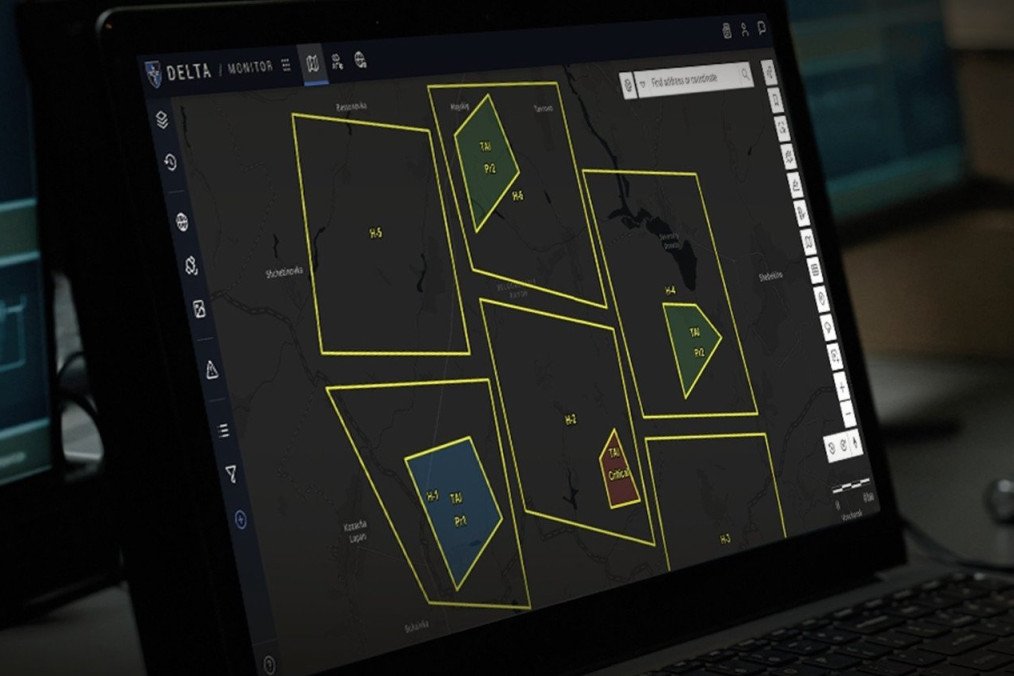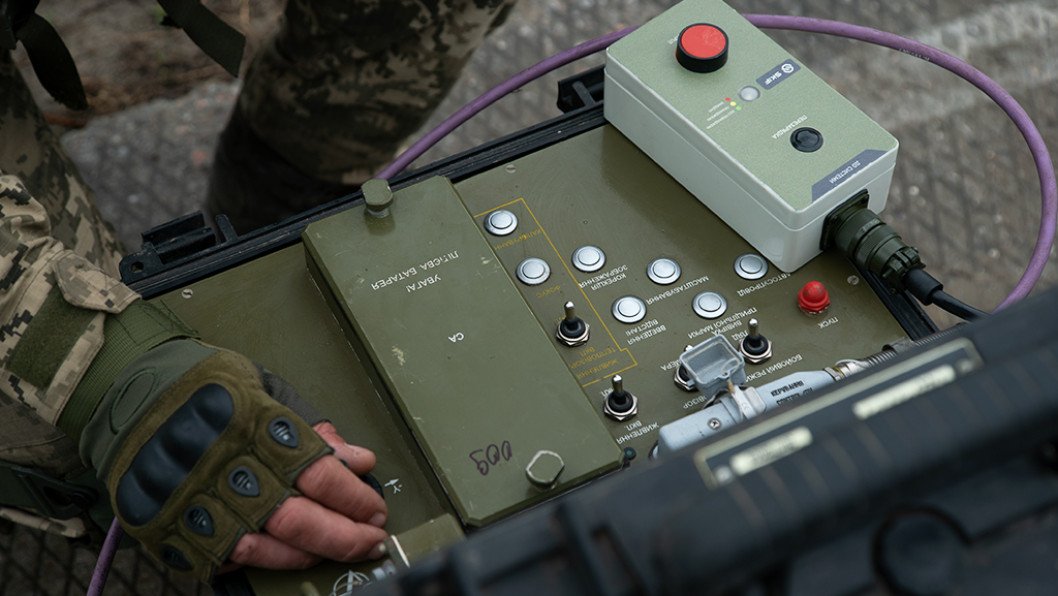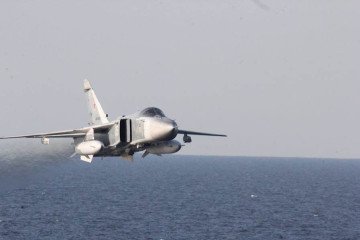- Category
- Latest news
Ukraine’s Delta Combat System May Be Exported to NATO Ally, Defense Official Says

Ukraine has received a formal request to export its domestically developed Delta battlefield information system to a NATO member state, Deputy Defense Minister for Digital Development Kateryna Chernohorenko announced during an Army TV broadcast on April 25.
The Delta system is a digital situational awareness platform widely used by Ukrainian forces for frontline communication, coordination between units, and informing senior command in real-time.
“We are currently developing a model for exporting this system,” Chernohorenko said. “This may involve licensing agreements—there are several possible licensing models we are exploring.”
She added that any deal would be formalized through an intergovernmental agreement, underscoring the NATO ally’s intention to integrate Delta into its military infrastructure. The system has already undergone compatibility testing with NATO platforms during the CWIX (Coalition Warrior Interoperability eXploration, eXperimentation, eXamination, eXercise) exercises.
-4f4595657c2936cbd7988534635071d0.jpg)
The Delta ecosystem consists of several integrated modules, including a secure communication chat and Deltamonitor—a digital battlefield map that displays the positions of both friendly and enemy forces in real-time. The platform can be deployed on military laptops or tablets.
Delta also features:
Delta Monitor, a tool for collecting, processing, and displaying information about enemy forces, coordinating defense forces, and providing situational awareness following NATO standards.
Element, a secure messenger for interaction between defenders and coordination with other units.
Vezha, a video analysis platform that streams live drone footage;
Target Hub, a fire control coordination module that enables users to assign and exchange targets via the digital map;
Mission Control, a recently added module that allows drone operators and higher command centers to efficiently assign zones, plan flight routes, and coordinate missions with electronic warfare and air defense units.
“We’ve created modules that have never before existed in NATO systems. That’s because no one has ever fought a war this technologically advanced on their own territory,” said Lt. Col. Yelyzaveta Boiko, a senior developer of Delta and an officer at Ukraine’s Ministry of Defense Innovation Center.
“No one has dealt with drone warfare on this scale, or needed to plan sorties and manage drone crews like we do.”

Boiko noted that Delta was designed during Ukraine’s ongoing war with Russia, and built from the ground up using modern technologies tailored for today’s battlefield.
In contrast, many NATO countries began developing their own command systems in the 1990s and continue to rely on costly, outdated platforms.
“These legacy systems require massive financial and human resources to maintain and upgrade,” Boiko said. “No one wants to start from scratch and build something new—yet Delta already exists and works.”
Delta was developed by Ukraine’s Defense Technology Innovation and Development Center and was officially deployed across the country’s defense and security sector in August 2024.
Previously, the Ukrainian Navy participated in NATO's largest exercise involving unmanned systems in maritime operations REPMUS 24 for the first time.

According to the Ministry of Defense of Ukraine, Ukrainian forces used the DELTA combat system to coordinate over 50 unmanned aerial, ground, marine, and underwater vehicles during the exercise.
Earlier, reports emerged that with US drone startups failing to meet battlefield demands, the Pentagon was turning to Ukraine’s war-proven technology to enhance its drone capabilities.
Despite pouring billions into drone development, American startups have struggled to produce effective, affordable unmanned aircraft.
In contrast, Ukrainian manufacturers—facing daily combat conditions—have rapidly refined and mass-produced drones, making them a valuable asset for the US military.






-72b63a4e0c8c475ad81fe3eed3f63729.jpeg)

-111f0e5095e02c02446ffed57bfb0ab1.jpeg)
